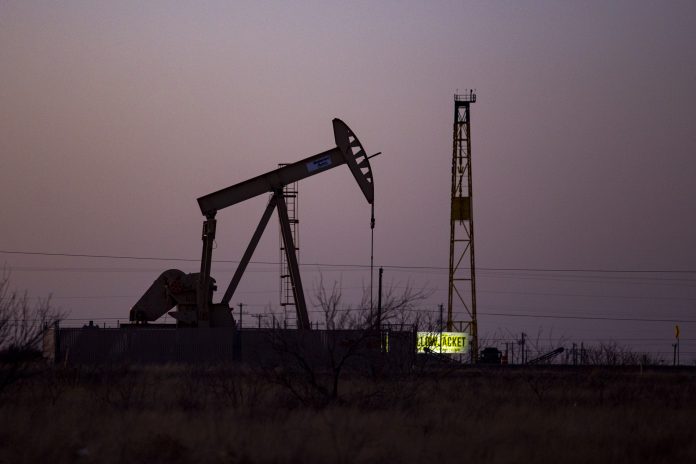Chevron Corp. Chairman-CEO Mike Wirth says his company’s daily oil production worldwide will increase to 770,000 barrels, up from 707,000 last year as the Permian Basin increases its production.
Wirth said co-production was mostly flat from the fourth quarter to the first. “It was a little lumpy,” he said from company headquarters in San Ramon, Calif.
“Our co-op production will grow in the mid-single digits and we expect our non-operated joint ventures to grow in the mid-teens. Our expectation is for royalty to be roughly flat year on year.”
Wirth said during his company’s first quarter earnings call that he was in Kazakhstan in early April and met with the president of the republic, Kassym-Jomart Tokayev, and other senior officials and visited Chevron’s job site at Tengiz. “I talked to people from our construction team, people from the commissioning team and people from operations as we were preparing for a start-up,” he said.
“It looked less like a construction site and more like a plant than it did the last time I was down there.”
Wirth reported that mechanical completion had been achieved ahead of schedule on the third-generation sour gas, or hydrogen sulfide, injection facility at Tengiz. “But there’s a lot of work behind us,” he said.
“While I was there, we achieved mechanical completion on the sour gas facility, which was ahead of schedule. And there are a number of milestones that I mentioned or we talked about at the investors’ day that we’ve achieved.
“We completed the tie-in of the fuel gas system to the first gas turbine generator and fired that generator, so we know it’s working. In the second quarter we’re working to commission boilers, the steam system and other utilities that are required for the start-up of the pressure boost facility, which is the key driver of the conversion from high-pressure to low-pressure field operations to enable sustained well deliverability.”
Chief Financial Officer Pierre Brieber said Chevron had first quarter earnings of $6.7 billion or $3.55 per share.
“Adjusted first quarter earnings were up over $200 million versus last year despite 20 percent lower oil prices,” Brieber said. “Adjusted upstream earnings were lower mainly due to realizations and adjusted downstream earnings increased primarily due to higher refining margins.
“Other items include the absence of last quarter’s dividend withholding tax at Tengizchevroil and lower exploration and transportation expenses.”
Brieber said adjusted downstream earnings were essentially flat, but lower margins and volumes were offset by higher chemical earnings and other favorable items including trading results.
“First quarter oil equivalent production was down about 80,000 barrels per day from last year due to the expiration of a contract in Thailand and the sale of our Eagle Ford asset,” he said. “This was partially offset by growth in the Permian.
“We expect 2023 production growth in the Permian to be back-end loaded as wells put on production increase across both operated and non-operated areas. We expect our royalty production to be roughly flat.”
Brieber said all four of the company-operated rigs that will be added this year, one each quarter, will be in New Mexico, leading to more POPs in the second half of the year and into 2024.
“We will also continue to be active in Texas,” he said. “Last year about half of our company-operated production was in the Delaware Basin in Texas with the remainder split evenly between the Midland Basin and New Mexico.”




